Many years ago, a young woman came to see me complaining of Phantom Pain. She had had cancer as a child and had to have a leg amputated. She came with a prosthetic lower leg but the lower leg that had been amputated, which wasn't physically present anymore, was experiencing pain. Hence, the term Phantom Pain. In this moment, I was reminded of a discussion we had had in one of our first classes in Chinese Medicine school, Meridian Theory. This class taught about all the different Meridians/ Channels that flow through the body - Primary (Organ) Meridians, Tendino-Muscular Channels, Divergent Channels, Eight Extra Channels, etc. At some point in the class, the themes of Phantom Pain came up. The question was - "Does a body part, like a limb or an organ, still exist energetically after it has been physically removed?"
Chinese Medicine has many, if not most, principles based on Qi, sometimes translated into Western languages as Energy. The Chinese propose that before matter develops, Qi must first exist. This is however not just a Chinese medical concept, but one also rooted in Western Physics; especially in modern Physics with some theories referring to Fragments of Energy. Much of the basis of Chinese Medicine is grounded in the concept that our bodies, like our universe, is made up of channels of Qi. They flow in very specific pathways, often times referred to as Channels or Meridians. At conception, a living being's Qi pathways begin to emerge and through this, new Channels begin flowing; thus, paving the way for organs and body parts to develop. With this as a basis, we can conclude that even when a physical body part is severed or removed from the living being, the Qi pathways may still exist, disturbed possibly, but still in existence. Hence, Chinese Medicine can very evidently treat Phantom Pain effectively. Acupuncture is very clearly listed on the website of the Amputee Coalition as a non-medication-treatment-for-phantom-limb-pain.
Acupuncture of specific points will help the body regain circulation, of Qi and possibly Blood, to the body parts involved. In the case of the young woman who came to me for treatment, I asked her the specific area where she was experiencing her Phantom Pain, determined the Channels that were involved and needled Acu-points on these Channels on the opposite limb to the non-existent one. In Chinese Medical theory, most Channels are mirrored on both sides of the body. According to some scholars, when one side of the Channel is treated, the other side can also be affected. With this perspective, I treated this young woman and at the next treatment, she informed me that she no longer had Phantom Pain. Many years later, I learned in a course that if you rolled a towel or placed a pillow to replace the missing limb and needled this object, like you would the missing limb, it would also treat the Phantom Pain.
Over the years, I became aware of other ways of Phantom Pain treatments through reading and my own experience with Imagery as well as Meditation. Other methods listed on the Amputee Coalition website as treatment possibilities are to massage the remaining limb, Mirror Box Therapy, Imagery and even Music. Maybe we in the modern world need to change this limiting idea that if something is not seen, it does not exist. Maybe our sense of sight is too limited to understand the depths of the universe; possibly also our own bodies. What is the remedy for this limited sense? To open our minds and accept that we humans do not know or can even sense everything. Maybe then we can finally begin learning.
Image by Felix Mittemeier on pexels.com


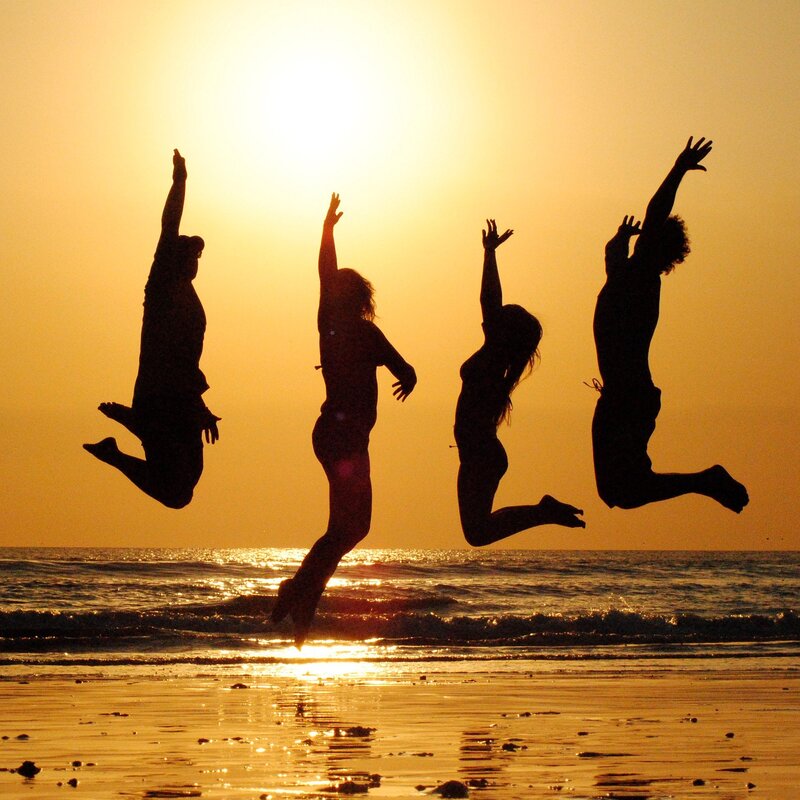
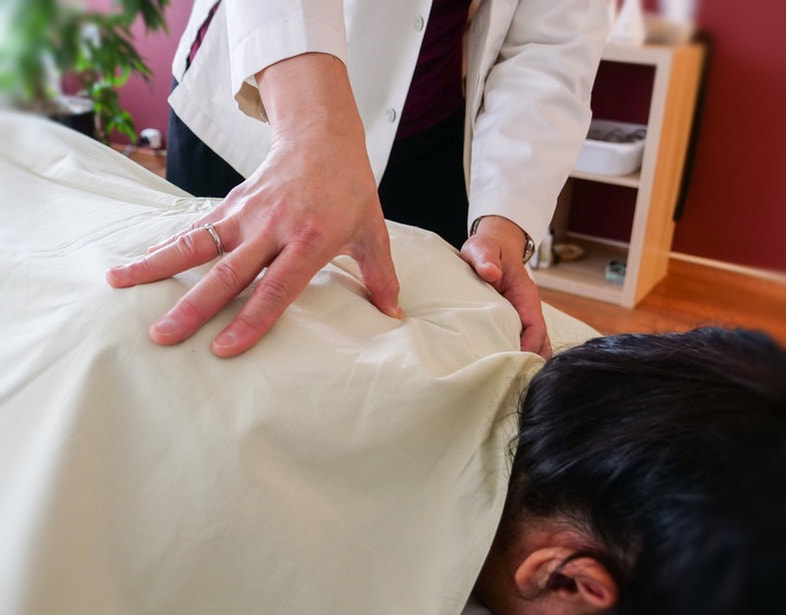
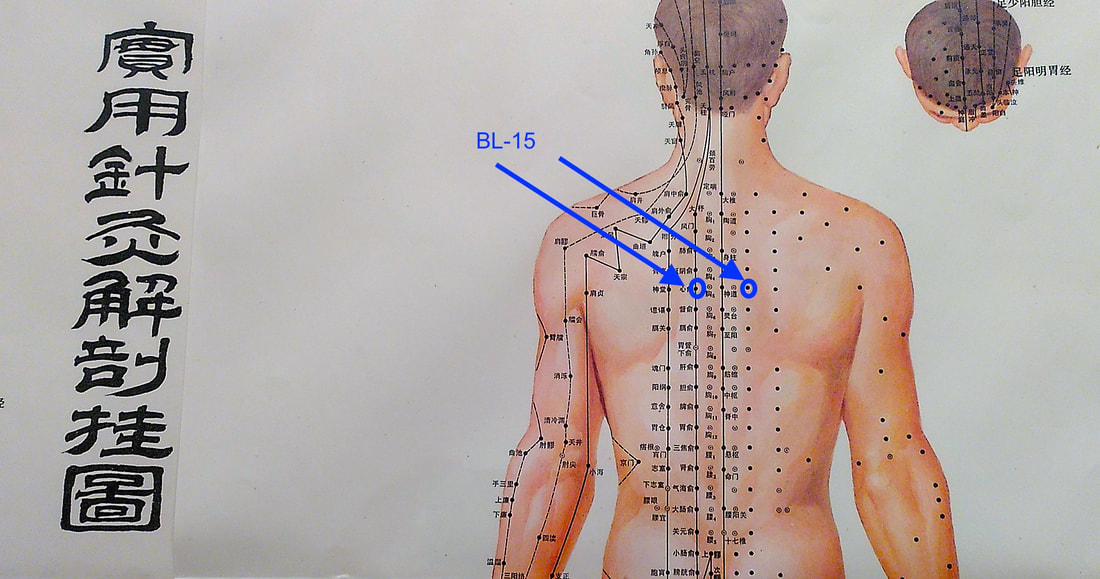
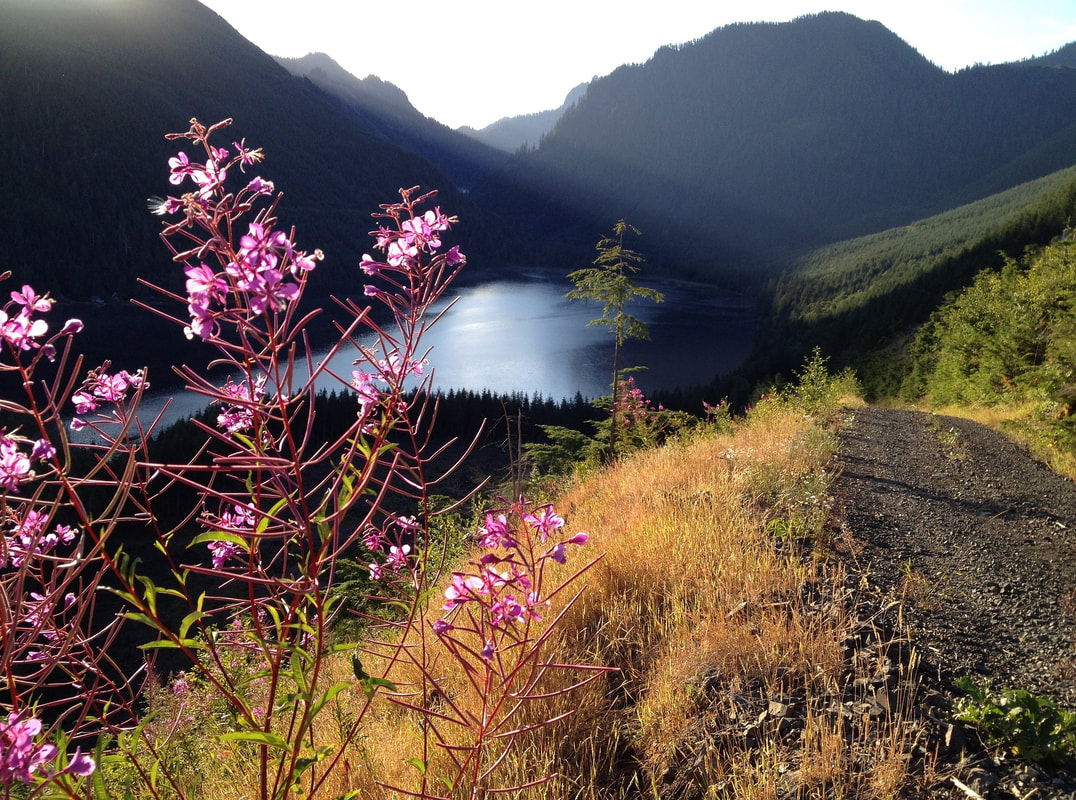
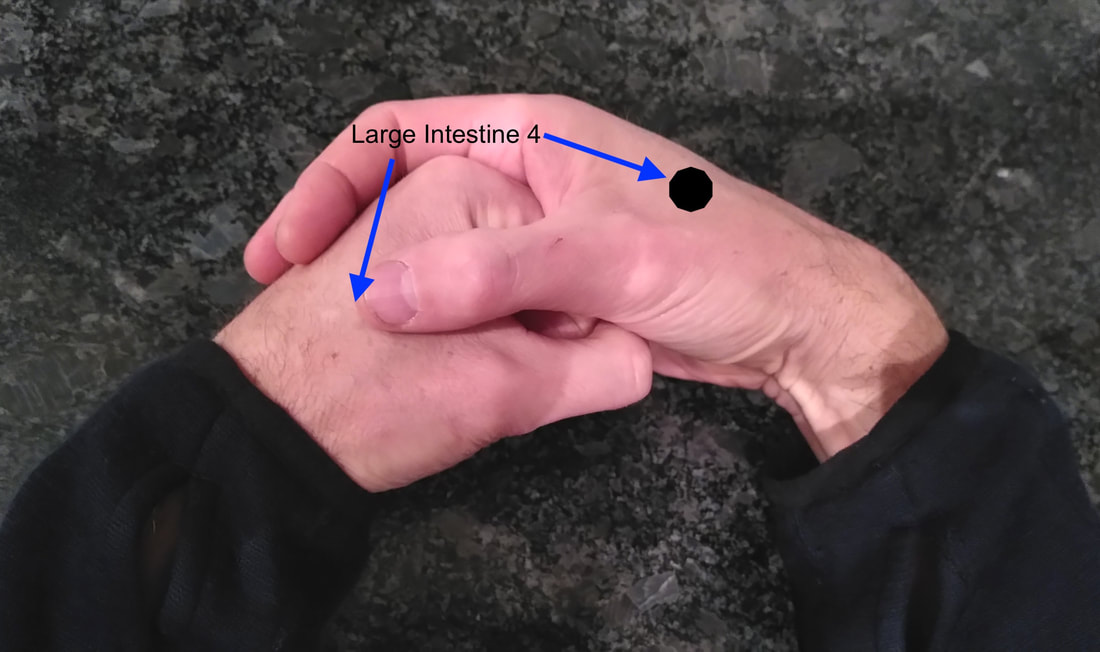
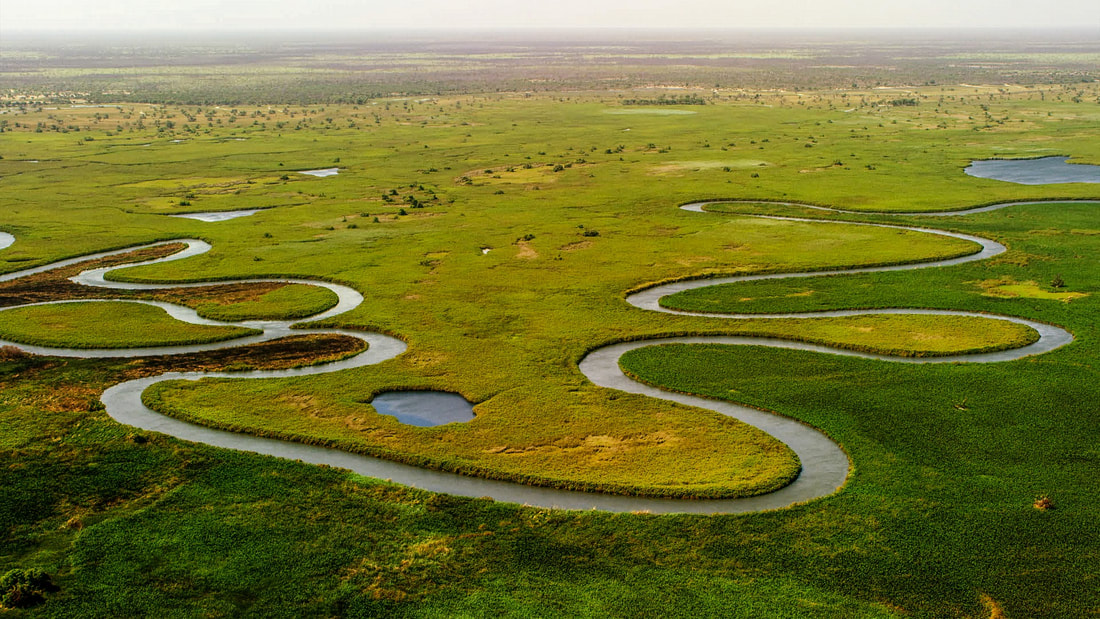
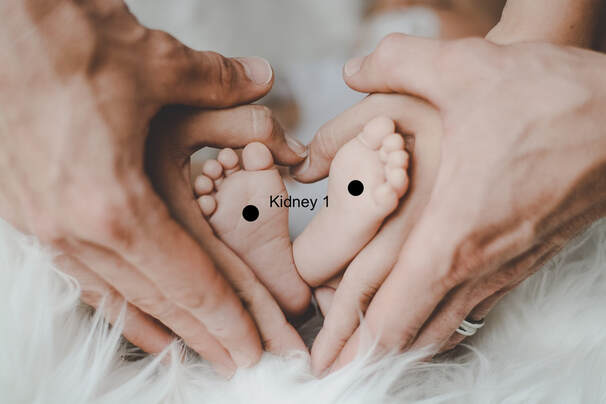
 RSS Feed
RSS Feed